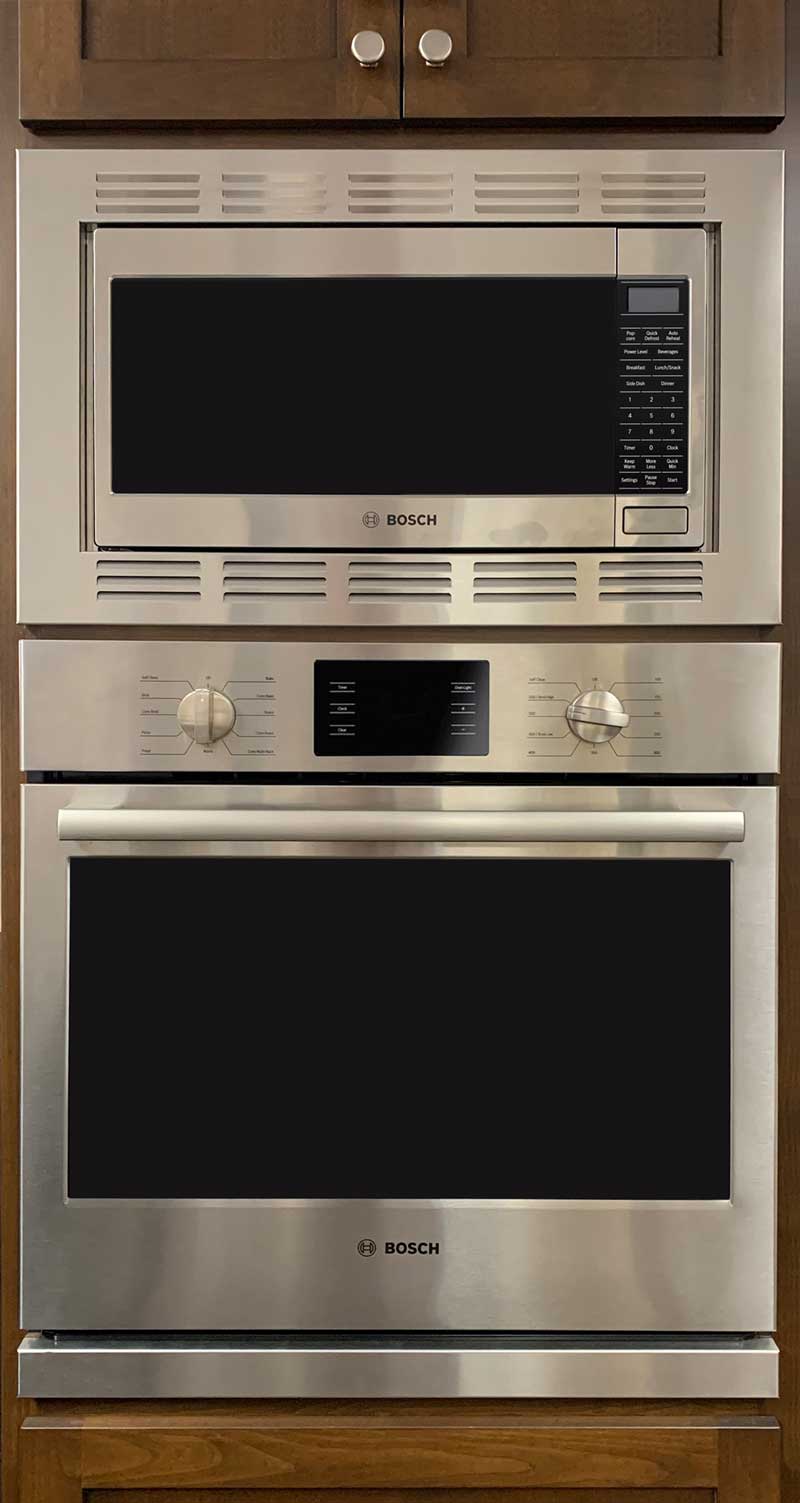My friend said she had a very old fridge that's greenish-yellow and looking at photos of the old fridges online, I think it was a 1970's build.
https://bigchill.com/us/blog/refrigerators-through-the-decades/
From the article below,
https://www.thesimpledollar.com/save-money/is-it-cost-effective-to-replace-your-refrigerator-today/
Quote:
First of all, over the history of home refrigeration, the energy use of a refrigerator has halved about every 15 years. In the 1970s, refrigerators gobbled up about 2200 kWh of energy per year. By the early 1990s, that was down to about 1100 kWh. By the mid 2000s, that was down to about 600 kWh. Today, we’re getting close to 300 kWh on the most efficient models. Assuming that things continue to get more efficient, you can assume that a fridge will be down in the 150 kWh per year range by the mid 2030s or so.
Let’s translate that to today’s dollars. A good nationwide average for energy use is about $0.12 per kWh. So, a 1970s fridge would eat up about $264 a year in energy use, an early 1990s fridge would gobble up $132, a mid 2000s fridge would slurp down $72, and a fridge today would only consume $36 per year in energy use. At that pace, a fridge in 15 years would only consume $18 per year in energy use.
She said her electric bill went down by over $20 a month when she replaced the fridge with a new one so that's about right (as per the article.)
I even know someone who still has a very old fridge in the basement that's probably from the 1950s. I have no idea how much they pay for the electric bill...
Sorry, but that writer doesn't know what he' s talking about. "Journalism" bah-humbug!
I have the annual kWh ratings and years for three fridges that I have owned (and have measured two of them and found it to be consistent with the rating).
1992: 1080 kWh
2010: 456 kWh
2018: 660 kWh (note that energy consumption went UP ~ 36% between 2010 and 2018)
I'll make a leap of faith and assume his 2200 kWh for a 1970's fridge is reasonable. I also don't think the technology changed much in the preceding decades, so I'd bet a 1950's is running about the same as a 1970s model. Efficiency improvements came after that.
I guess the 2018 model might be considered "fancy, high end", but that's what people are buying today, I'd say it's pretty typical of what I see in people's homes. It doesn't seem to have any more storage space than our older, more efficient model, it's not some gourmet kitchen TV set style.
It would be interesting to see what the "fleet average" of fridges sold today is, vs 10 years ago.
So you
might save $20 a month at the current $0.133/kWh average, that's $240/year, 1804 kWh/year savings. To get that from a 2200 kWh fridge means replacing it with ~ 400 kWh fridge, which I don't think are common, you would need to focus on expensive high eff ones (like the ones that off-grid people buy, where efficiency is king). But in most cases, still probably not worth replacing an old one for economic or environmental reasons, considering the financial and environmental cost of new fridges, and the probably lower life-span of the new fridge.
The article's use of 300kWh is not representative of today's fridges. And you can't extrapolate future power consumption based on the trend since the 1990's. There are diminishing returns, and I'd bet money that the actual average figures have gone up, not down in the past 10 years.
Actually, his conclusions aren't too far off the mark, but...
Second, you need to be replacing a fridge that’s older – no less than fifteen years old, and preferably a fridge with a manufacture year in the 1900s. Third, you need to not be moving to the absolute latest state of the art fridge; an entry level fridge or a Consumer Reports best buy is what you should be aiming for with your replacement.
My 1992 fridge is fairly efficient, and it's almost 30 years old - I'd say his "15 year" criteria is way off.
But people aren't buying entry level fridges. They replace an old basic one with one with in the door ice maker and water. All you hear in the media is "old fridges are energy hogs, replace them with new and you'll save big $$$!!!".
All this is broad brush and misinforming the public. Look at the actual energy ratings to decide what's right.
Oh, and I just verified - the Energy Star rating, which should be useful, is not

It does not include the ice maker (which heats the tray to dislodge the ice - imagine what putting heat into the freezer does for efficiency! Adding heat, and then taking it away - a double whammy!!)! So it's apples-oranges.
 https://www.energy.gov/articles/doe-reaches-agreement-lg-electronics-usa-refrigerator-energy-matter
https://www.energy.gov/articles/doe-reaches-agreement-lg-electronics-usa-refrigerator-energy-matter
This test procedure, which has been used for decades and is based on a well-recognized and industry-wide adopted procedure, requires, among other things, that the ice maker be disabled but that all temperature controllable compartments, including ice storage bins, be set at their coldest temperature.
-ERD50


 But, you are so correct. I think we're just about maxed out on efficiency of the guts of refrigerators. It makes no sense to replace a functioning fridge to save a few bucks/month on electricity.
But, you are so correct. I think we're just about maxed out on efficiency of the guts of refrigerators. It makes no sense to replace a functioning fridge to save a few bucks/month on electricity.